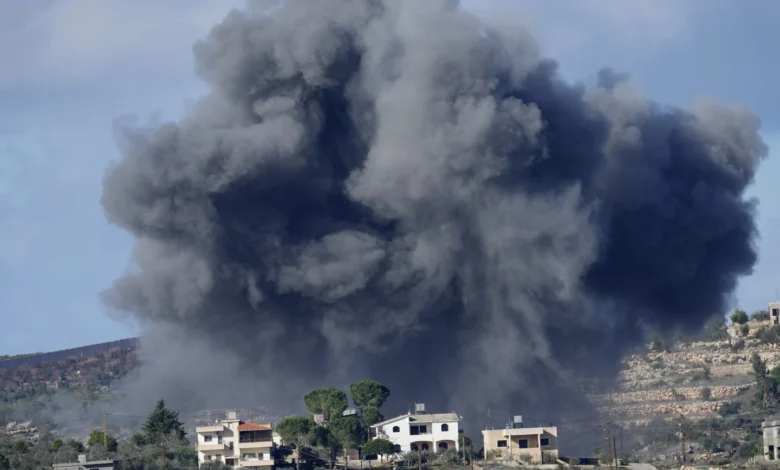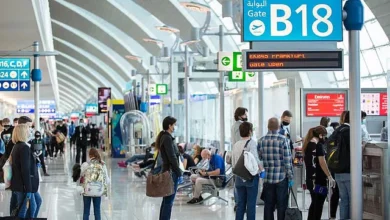
The ferocious exchange of fire by Hezbollah and the Israeli military is raising fears of a regional war beyond the tense border.
The risks for Lebanon economy are far greater than in 2006, when a monthlong war with Israel ended in a draw. Lebanon has struggled with years of political and economic crises that left it indebted, without a stable electricity supply, a proper banking system and with rampant poverty.
And with Hezbollah’s military power significantly greater, there are concerns that a new war would be far more destructive and prolonged.
Can Lebanon afford any of it?
Planning for a 2006 war repeat — or worse
Since Hezbollah and Israel began firing rockets and drones at each other a day after the start of the Israel-Hamas war in Gaza on Oct. 7, the conflict has been mostly limited to border towns. But with the threat of a wider war, Lebanon has scrambled to equip hospitals with supplies and prepare public schools to open up to people seeking shelter.
A rare Israeli airstrike in southern Beirut last month that killed a top Hezbollah commander set off a flurry of meetings between humanitarian organizations and the Lebanese government, said Laila Al Amine, who heads the Beirut office of international relief organization Mercy Corps. It’s one of some 60 organizations helping the government with its relief efforts.
The government and U.N. agencies prepared a comprehensive response plan this month outlining two possible scenarios: a limited escalation that would resemble the 2006 war, with an estimated 250,000 people displaced, and a worst-case scenario of “uncontrolled conflict” that would displaced at least 1 million people.
The U.N.-drafted plan, a copy of which was obtained by The Associated Press, projects a monthly cost of $50 million in case of a limited escalation and $100 million if an all-out war breaks out.
The Lebanese government said that funding for the emergency will come from creditors and humanitarian aid organizations. But the authorities have struggled to find money to care for 100,000 currently displaced and an estimated 60,000 people living in conflict areas, which is costing about $24 million a month.
Environment Minister Nasser Yassin, who is spearheading relief operations, told reporters after an emergency government meeting Sunday that the morning attacks won’t change the plan.
“It already presents scenarios of all the possibilities that could happen, among them is an expansion of the hostilities,” said Yassin.
Indebted economy and cash-strapped Lebanon desperate for aid money
Decades of corruption and political paralysis have left Lebanon’s banks barely functional, while electricity services are almost entirely in the hands of private diesel-run generator owners and fuel suppliers. Public service institutions rely on aid groups and international donors to function at a barebones level. Lebanese who once lived in relative comfort are receiving food and financial aid to survive.
In 2020, the COVID-19 pandemic further battered the economy, and the Beirut port explosion flattened several neighborhoods in the heart of the capital. Lebanon’s banks and the ruling elite have resisted painful reforms as a condition for an International Monetary Fund bailout while the infrastructure continued to wither and living conditions worsened.
Source: AssociatedPress


